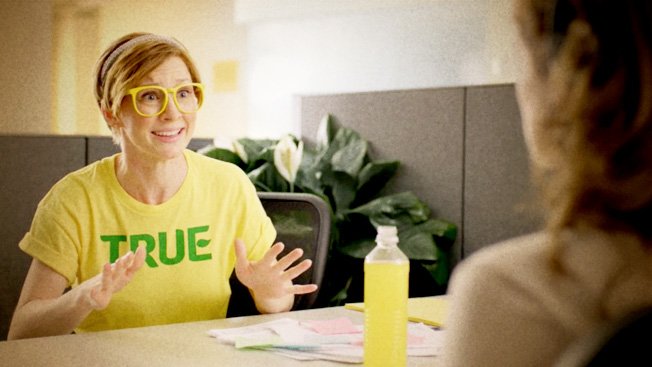I've been trying to call it the Affordable Care Act because I think Obamacare is derogatory. But after checking out how to purchase insurance on the Maryland exchange, I'm laying the name right square on the president. This was one of the most hotly contested legislative decisions ever in the history of the nation and the web site doesn't work. And it's cost something like $300 million, so far. Take responsibility Mr. President.
Something this important should not have been put through the federal government procurement process. Where was the White House when this was being built? Where was its Chief Technology Officer?
So here's my experience after they've already started fixing this thing.
First I went on healthcare.gov and registered which is a ridiculous process. Someone in HHS or maybe lots of someones decided that you should not be able to browse the site without registering. Bad idea. Why? Because it's a cumbersome process (better than FAFSA however, and that's not a compliment). At least FAFSA has an end.
Not only that but who didn't think that the most important thing to the general public would be checking out the pricing right away? The conservatives are now claiming that the web site was set up so you couldn't see the prices. It's a huge story in Forbes. Think people. What's that government word I've heard way too much of - Optics. Give the people a chance to explore - don't make them qualify first. It's just dumb.
So I registered and told them how much money I make, and since I'm not having a great year, I qualified. That was about 15 minutes and I was lucky. I got through to the right place and ended up there but that's not all of it.
So after you register they send you an email telling you what to do next. But like anyone who just wants to look I went into the site with my new name and password. Then I had to fill out more forms - a lot of them. About 2/3 of the way through the system died on me. I have no idea if the information still exists but I'm not going to fill them out again any time soon.
Then I finally get the email awhile later and I got back on. And I got into a part of the Maryland Exchange that allowed me to look at plans. But it was so clunky and there were so many choices and they weren't really organized at all. So I just poked around. It seemed like everything was cheaper than what I'm paying now on a federal program that ends in 18 months but then you go to the next level and start looking at the deductibles. There's this weird system where it shows you what it will cost you in the first year and it's thousands of dollars. And it's not clear what the costs really are. The plans that were under $300 for an individual had deductibles of $3-$5,000. Well so other than if I get really sick how does that help me?
Where were the marketers?
Then the Maryland site sent me to another place - not to be spooky but a dark place that I had no purpose being. And I got off. Two hours and nothing solved. If we marketers ever did that to a client we'd never work in this town again.
Now I'm not giving up completely but healthcare.gov has the basic problem that every federal web site has which is that it was designed by technology people, not marketers. And I'm willing to bet, quite a lot if anyone wants to take me up on it, that it was never tested with consumers. How can you spend close to $300 million without having your users try the darn system? I can guarantee you that if they did - it would work and the layers would make sense.
The president won a great victory in saving his signature healthcare legislation. The test phase should not be the same as the roll-out. Marketing 100. Surely someone in the government gets that.
